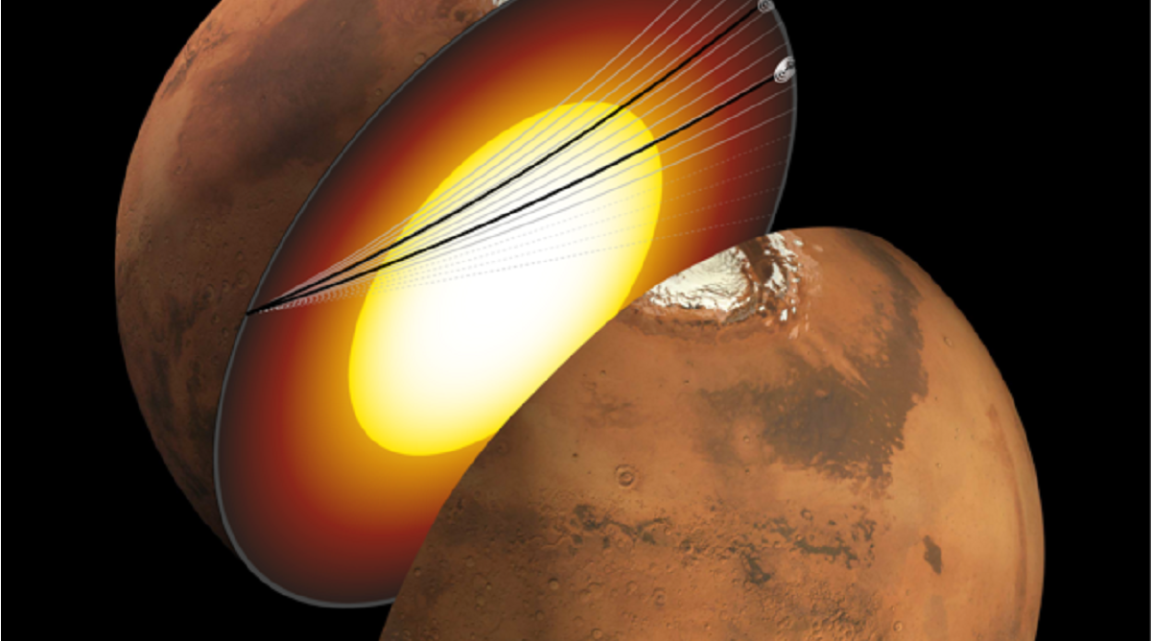
Martian Mood
After inspecting NASA’s Mars lander data, scientists say they’ve figured out what lies at the heart of the Red Planet’s core.
In a press release about the revolutionary findings out of the University of Maryland, the geologists who made this landmark discovery say that Mars’ core is made up of a gooey liquid iron alloy that’s “rich in sulfur and oxygen.”
This hypothesis was gleaned, as the press release notes, by using seismic data from NASA’s InSight Mars lander, which for years monitored the Red Planet’s rumblings until the end of 2022 — and as one of the authors of the new paper published yesterday in the journal Proceedings of the National Academy of Sciences notes, there’s a precedent for this sort of thing.
“In 1906, scientists first discovered the Earth’s core by observing how seismic waves from earthquakes were affected by traveling through it,” UMD’s Vedran Lekic, an associate geology professor who co-authored the paper, said in the school’s statement. “More than a hundred years later, we’re applying our knowledge of seismic waves to Mars.”
Quaking in their Boots
Lekic and the rest of the UMD geology team got to their incredible prediction by looking at the waves caused by two events that were recorded in the InSight data: a marsquake (yes, that’s like an earthquake on Mars) and an impact event.
“By comparing the time it took those waves to travel through Mars compared to waves that stayed in the mantle… the team estimated the density and compressibility of the material the waves traveled through,” the UMD press release notes, adding that ultimately, the researchers concluded that “Mars most likely has a completely liquid core, unlike Earth’s combination of a liquid outer core and solid inner core.”
The UMD team also “inferred details about the core’s chemical composition, such as the surprisingly large amount of light elements (elements with low atomic numbers) — namely sulfur and oxygen — present in Mars’ innermost layer,” the statement reads.
While this discovery is super cool on its own, it could also help aid future research into planet formation — and there’s still much to learn.
“Even though the InSight mission ended in December 2022… we’re still analyzing the data that was collected,” Lekic said. “InSight will continue to influence how we understand the formation and evolution of Mars and other planets for years to come.”
More on Mars: Scientists Baffled By These Almost Perfectly Circular Dunes on Mars